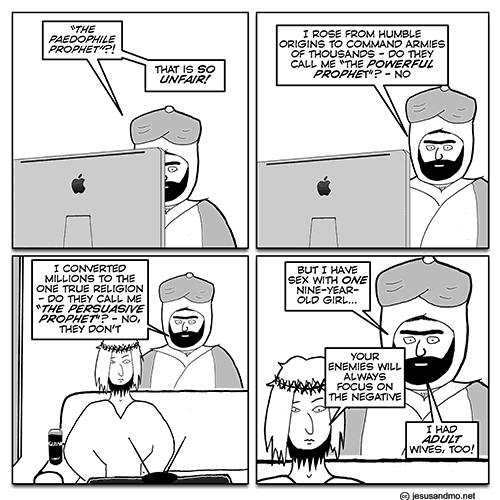Oh look, an exciting investigative scoop by The Oxford Student.
Let’s rush to read this investigative uncovering of a truth:
Please note that this article contains explicit discussion of transphobic statements and images.
Professor of Sociology and Fellow of St Cross College Michael Biggs has been posting transphobic statements online under the Twitter handle @MrHenryWimbush, The Oxford Student can reveal.
The Twitter account, named Henry Wimbush and still online at the time of publication, has been tweeting statements such as “transphobia is a word created by fascists, and used by cowards, to manipulate morons” since first Tweeting in January.
Wait. How is that remark “transphobic”? It doesn’t say trans people are horrible and he hates them, it harshly describes a (highly politicized) word. Also, of course, note the irony that their very first example of his “transphobia” is a rejection of the word “transphobia.” One begins to suspect that their claims may be a tiny bit self-referential.
And that’s the problem in a nutshell, isn’t it. The problem is that any failure to assent to every claim by the most fanatically absolutist and reality-denying trans ideologues is slapped with the label “transphobic” even though such failure – obviously – is not a matter of hating trans people at all.
In order to substantiate the allegations made that the true identity of the Tweeter was Professor Biggs, it was found that the account in question could be linked to a partial phone number…
So they have no editors on this student paper? And they let just anyone write for it? People who don’t even understand that it takes an actual person to substantiate allegations, that just a passive “it was found that” won’t do?
There follows a long unreadable parsing of Twitter minutiae, which should all be on the cutting room floor. There is, of course, no striking example of the accused expressing hatred of trans people.
Then they get to the part about punishing the tweeter, and that is more lucid:
The account’s bio states: “AMAB transmasculine non-binary demiboy. Polyam aro/ace. 2 + 2 = 4”. This appears to be mocking certain labels of the LGBTQ+ community: “polyam[orous]” – “the practice of engaging in multiple sexual relationships” – and “aro/ace” – short for aromantic, meaning “having no interest in or desire for romantic relationships” alongside asexual, meaning “without sexual feelings or associations” – are clearly intended to sound self-contradictory. “2 + 2 = 4” also appears to be a reference to George Orwell’s 1984.
In addition, both the Oxford LGBTQ+ Society and Dr Clara Barker, a trans woman and vice-chair of the Oxford University LGBTQ+ Advisory Board, have confirmed to The Oxford Student that they have passed on complaints about Biggs to the University in June. The account’s last activity was on July 1st. Further allegations by Mac Harrison could not be substantiated.
Dr Clara Barker, who is mentioned in the account’s Tweets, told The Oxford Student that she is “concerned by [Biggs’] personal views. That he may be linked to an account is one thing, but he has since started speaking very publicly as an expert of gender diversity.
“I find it hard to believe that he can say these things [referring to articles and printed comments by Biggs] outside of work, when they are so clearly in opposition to University guidelines and policies, [or] that those views can be left completely outside of a lecture hall. I really worry for any trans students that have to work with him. I would be very uncomfortable around him knowing his views.”
What does Biggs say?
Biggs, in response to a request for statement on his stance on transphobia, said: “It is not transphobic to discuss the merits of legislation or to debate theories about sex and gender. Dictionary definitions such as ‘woman: adult human female’ and ‘lesbian: female homosexual’ are not transphobic. Nor is it transphobic to call the convicted rapist Karen White – who was placed in a women’s prison – a man.”
When asked if he supported the University’s position on transphobia, he said: “I treat students and colleagues with respect and so would never call a member of the University by a pronoun which he or she found objectionable.
“I do not, however, believe that gender identity supersedes sex, any more than I believe that Jesus was the son of God. Therefore I oppose any attempt by the University to establish an official doctrine on gender, just as I would oppose the imposition of a single religion or one particular position on Israel-Palestine. The enforcement of orthodoxy – often disguised as ‘diversity’ – would destroy the University’s very foundation: academic freedom.”
Then our brave investigative journalists solicit more anonymous reports of thought crime.
The Oxford Student is currently investigating other claims of harassment and inappropriate comments by staff members of the University. If you have experience of this, and would be happy to be quoted anonymously, please use this anonymous form.
There will be fewer but better Oxford professors.


